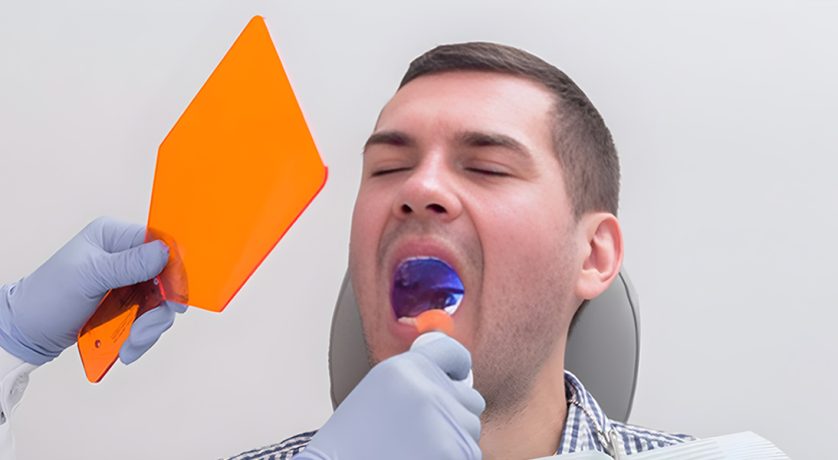Is It Time to Let That Tooth Go? Here’s When Tooth Extraction Becomes the Right Choice
October 1, 2025A sore, damaged, or infected tooth can disrupt your day and mood in more ways than one. While most dental concerns can be treated with fillings, crowns, or root canals, there are times when removal is the healthiest option. If you’re experiencing lingering pain, swelling, or crowding, it might be time to consider a tooth extraction in Grimsby, ON. But how do you know for sure when pulling a tooth is the right move?

Here’s a guide to help you understand when it’s time to say goodbye to a problem tooth — and how doing so can actually lead to better oral health and comfort.
Tooth Decay That Goes Too Far
Tooth decay starts small — maybe a little sensitivity here or there. But when left untreated, that cavity can eat away the structure of your tooth.
When decay spreads deep into the pulp and damages the root beyond repair, extraction becomes the safest option.
Look out for:
- Sharp, shooting pain while chewing
- Conspicuous holes or dark spots on your tooth
- Swelling or pus near the gums
- A tooth that feels loose or “hollow.”
Pulling the tooth allows your dentist to eliminate infection and restore your mouth’s health. Sometimes, removing one tooth is the key to saving the rest.
When Teeth Get Stuck: Impacted Molars and More
Impacted teeth are trapped below the gums — they never fully erupt or grow in at a strange angle. Most often, this happens with wisdom teeth, but other molars can also be impacted.
You may need teeth pulling when:
- You feel pressure or pain behind your molars
- There’s swelling or infection near the back of your mouth
- Adjacent teeth are shifting or crowding
Leaving an impacted tooth in place may cause damage to nearby teeth or even your jawbone. Removal clears space and avoids more complex problems later on.
When Gum Disease Claims Too Much
Gum disease doesn’t just affect your gums — it makes the bone holding your teeth vulnerable. In the advanced stages (periodontitis), teeth can become mobile, misaligned, or painful.
You might need tooth removal if:
- Your tooth feels loose or unstable
- Gum pockets are deep and bleeding
- Pain persists even after deep cleanings
At this stage, extraction helps halt further bone loss and allows for better management of your gum condition moving forward.
Stopping Infection Before It Spreads
A dental infection can start small but grow fast — into the bone, sinuses, or bloodstream. If the tooth can’t be saved with a root canal or antibiotics, it becomes a threat to your health.
Signs you may need to act fast:
- Swelling in your face or jaw
- Fever with dental pain
- Bad taste or pus around the tooth
In these cases, pulling the tooth stops the infection at its source. Prompt removal can prevent serious complications and help you recover faster. If you’re unsure, an emergency dentist in Grimsby, ON can provide quick care when timing matters most.
Pain That Keeps You Up at Night
Chronic, sharp, or pulsing tooth pain isn’t something you should “wait out.” While pain doesn’t always mean a tooth must be pulled, it’s often a warning sign.
If your dentist has exhausted other treatment options and pain continues, removing the tooth may be the ideal way to get your life back.
Common reasons for this kind of pain include:
- Cracked tooth below the gumline
- Failed root canal or restoration
- Recurrent abscess
Don’t suffer silently — extraction might be the step toward comfort you’ve been hoping for.
Making Room for a Better Smile
Sometimes, teeth aren’t removed because they’re damaged — they’re in the way. If your smile is overcrowded or misaligned, pulling a tooth can be a necessary step in orthodontic treatment.
When to consider removal for alignment:
- Severe crowding that braces alone can’t fix
- Baby teeth that won’t fall out on their own
- Extra teeth (supernumerary teeth) blocking movement
A planned extraction can allow teeth to shift into place more efficiently and create space for a healthy bite.
A Tooth That Just Won’t Stop Breaking
Do you keep getting a filling or crown on the same tooth — only to have it fail again? In some cases, a tooth is too structurally compromised to hold any restoration.
You may notice:
- Repeated fractures or chips
- Fillings that don’t stay in
- Tooth breaking at the gumline
Instead of patching it repeatedly, your dentist might recommend letting it go and planning for a replacement, such as a bridge or implant.
Injuries That Leave No Option
Accidents happen. Sports injuries, car accidents, or falls can knock teeth loose or damage them beyond repair. When this happens, quick action is essential.
You may need removal if:
- The tooth is cracked below the gumline
- It has been pushed out of position
- There’s significant trauma to surrounding bone or tissue
In these cases, prompt care and a tooth plan (even if it means extraction) can preserve the health and appearance of your smile long-term.
Final Thoughts
Losing a tooth can sound scary — but in many cases, it’s the turning point that leads to better health, less pain, and renewed confidence. Whether it’s infected or impacted teeth, gum disease, or making room for a straighter smile, extraction is often a wise and necessary decision.
Wondering if you might need a tooth removed? Reach out to Bartlett & Main Family Dental Centre for a caring and thorough consultation. The sooner you act, the more options you’ll have to protect your smile.
